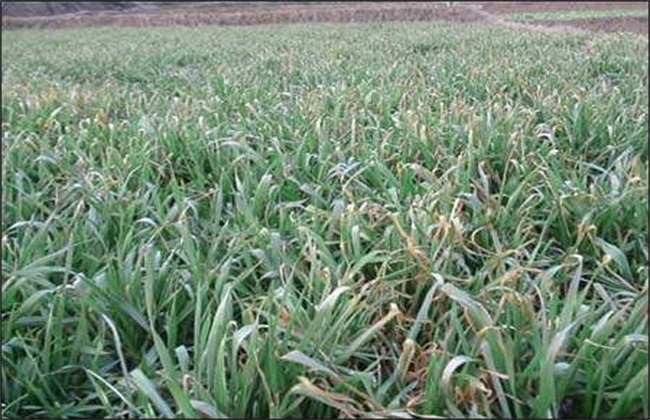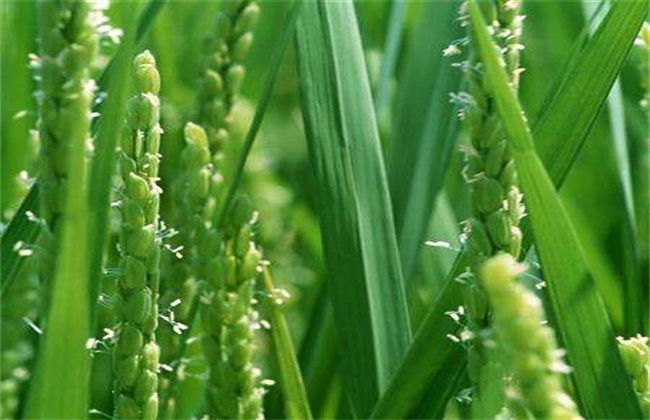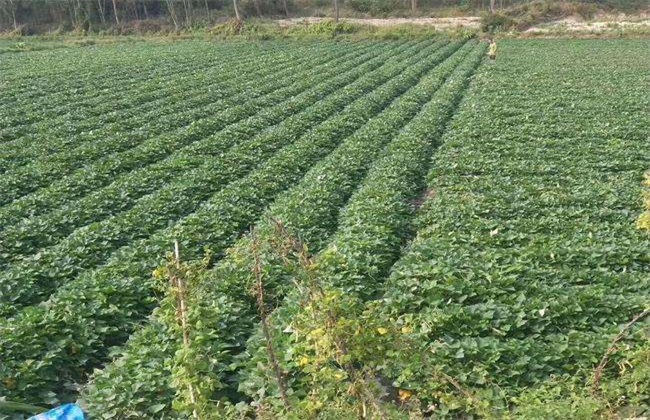How to deal with Frost injury of Wheat
Wheat is one of the main food crops in China, and the planting area in our country is very large. Although wheat planting is not difficult, but in the planting process, there are often a variety of problems affecting the growth of wheat, resulting in a decline in yield. And wheat frost injury is one of the very common, so how to prevent wheat frost injury? What should we do after the freezing injury of wheat? The following editor will give you a brief introduction, let's have a look!

1. Preventive measures
1. Add mulch
Before entering winter, we should cover the wheat rows with an appropriate amount of straw. For example, wheat bran, wheat straw and so on, the amount of mulch per mu is maintained at about 280 kg. Proper mulching can improve the ability of soil moisture conservation and anti-freezing. And after straw rot, it can also improve the soil, improve soil fertility, but also effectively increase the yield. Then after the wheat overwintering, it is necessary to spread soil and miscellaneous fertilizer properly along the ridge. It can not only protect the soil moisture from the wind, but also achieve the purpose of increasing temperature and preventing freezing. And after the wheat returns to green in the spring of the following year, it can also provide it with adequate nutrition, and the covering thickness is maintained at about 3 cm.
2. Timely winter irrigation
Winter irrigation is the main measure to prevent frost injury of wheat. Winter irrigation can improve the soil water environment, regulate the nutrients in the middle layer of the soil, increase the heat capacity of the soil, and the ground temperature can also be increased by about two degrees. And can make the soil gap joint. Promote the tillering of wheat and produce strong seedlings. When carrying out winter irrigation, it should be carried out when the daily temperature is about 5 degrees. If it is less than 5 degrees, then wheat is extremely prone to disease. But also according to the soil conditions, seedlings and other reasonable adjustment. For example, clay should be properly irrigated early, while sand should be irrigated late.
II. Remedial measures
1. Irrigation after freezing
The wheat should be watered in time after freezing injury, and the quality of irrigation should be paid attention to. After freezing, it should be thoroughly watered. Should be dominated by big water, small water is not only troublesome to operate, the effect is not obvious. If it is caused by late frost, then the best remedy is irrigation. The more water is irrigated, the faster the wheat will recover, and the loss can be reduced as much as possible. And we must pay attention to the amount of water to ensure that it is fully watered at one time. If it is not watered thoroughly, the output will still be greatly affected because of evaporation and other reasons.
2. Strengthen the management
For some leaves that are frozen, but the tillering nodes are not completely frozen to death, we should apply nitrogen fertilizer in time, mainly urea. With watering once, the frozen wheat can be restored as soon as possible and promote normal growth. Then, for the frost-damaged wheat fields, a ploughing and loosening work should be done to improve the water storage capacity and temperature of the soil. It can also make wheat tiller into spike as soon as possible, and finally, it is necessary to promote and strengthen the management of wheat seedlings in the middle and later stage. Try to recover the loss caused by frost injury and reduce the loss to the minimum.
The above is a brief introduction to what to do with wheat frost injury. No matter how timely you remedy the freezing injury of wheat, it will have a certain impact on the yield more or less, so it is still necessary to give priority to prevention. That's all for today's introduction. This article is for reference only. I hope it can help you all.
Related
- The first cup of black tea in spring, the flavor and history of tea gardens in Kenya, Africa
- The computer can not only choose potatoes, but also grow tea rice. AI will grow winter oolong tea champion.
- It is not only the inflated tea bitten by insects, but also engraved with the four seasons tea in Beipu.
- The Oriental Beauty Tea Festival in Zhuxian County takes the stage at the weekend to experience the plus-size feast of oil tea.
- & quot; Oriental Beauty Tea & Exploration of Emei in Hsinchu, the hometown of quot;
- The new variety of strawberry "Tainong 1" dessert is the first choice with mellow aroma. Crimson gorgeous
- History of Tea in Taiwan: from Wild Inner Mountain to Export Tea Garden
- Two types of Taiwan Oriental Beauty Black Tea won the British three-Star Award for Childhood Tea Xiang Zhang Jiaqi changed from pilot to champion tea maker.
- Banana species and varieties: the planting history of Taiwan Xianren banana and dwarf banana is long, is banana disease resistant?
- Coffee planting Technology: Qianjie Coffee from Seedling to harvesting



